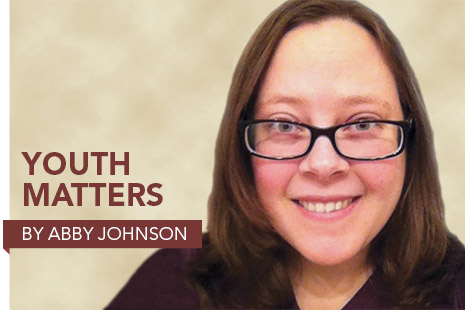
Almost every state in the Union has adopted the Common Core State Standards, which emphasize that students read literary nonfiction. A great way to stimulate students’ curiosity and encourage youngsters to pick up informational books is to include nonfiction in your library programs. With a wealth of new narrative nonfiction being published each year, a treasure trove of titles on your shelves is just waiting for you to incorporate.
Ages 0–5. Adding nonfiction to your preschool storytimes opens children’s eyes to the world around them. Many titles will fit into themes you’re already using. Waiting for Wings by Lois Ehlert (Harcourt, 2001) is perfect for storytimes about spring, insects, or gardening. As part of your fall storytime, share the photos in Pumpkins by Ken Robbins (Roaring Brook, 2006) to show how pumpkins grow. Add Under the Snow by Melissa Stewart (Peachtree Press, 2009) to a winter storytime about how animals cope when the weather turns cold.
Other authors of great nonfiction books for preschoolers include April Pulley Sayre, Bob Barner, and Gail Gibbons. The books in the Pebble Plus series from Capstone have large color pictures and simple text, so they’re great for sharing with preschoolers. Don’t be afraid to paraphrase if the book you want to share is too wordy for this age group. If a book contains too much text to read aloud, talk about the pictures and share some simple facts. Using a book without reading it word for word shows parents, teachers, and caregivers how they can do the same, thus opening up possibilities in the library stacks.
Ages 5–10. There is plenty of nonfiction children’s literature that makes great read-aloud books for the elementary school set. Nonfiction often appeals to kids who might not think they’re interested in storytime. See how quickly they change their minds when you break out How Big Is It? A Big Book All about BIGness by Ben Hillman (Scholastic, 2007). Be sure to choose books with interesting pictures and/or cool facts to share and, again, don’t be afraid to paraphrase.
Actual Size by Steve Jenkins (Houghton Mifflin, 2004) will amaze young listeners with its life-sized illustrations of different animals. Nic Bishop’s animal books, including Frogs (Scholastic, 2008) and Spiders (Scholastic, 2007), also include fascinating photographs. Share How Much Is a Million? by David Schwartz (Lothrop, Lee, & Shepard Books, 1985) to dazzle young listeners with facts about huge numbers, and be sure to explain how Schwartz calculated his estimations, as noted at the back of the book. Use fact books like Weird but True: 300 Outrageous Facts (National Geographic, 2010) as stretchers in between longer books.
If you’re providing STEM (science, technology, engineering, and math) programs, remember to turn to your nonfiction collection for inspiration and to incorporate literacy. Reading all or part of a nonfiction picture book is a way to give your participants a quick overview of topics they’re learning about. Pairing a nonfiction read-aloud with a science demonstration or a hands-on activity is a great way to inspire kids to check out what else your nonfiction shelves have to offer.
Boy, Were We Wrong about the Solar System! by Kathleen Kudlinski (Dutton, 2008) is an excellent book to start a conversation about how scientists are constantly making discoveries and revising accepted theories. Pop! The Invention of Bubble Gum by Meghan McCarthy (Simon & Schuster, 2010) might inspire young inventors. And accounts from survivors in Titanic: Voices from the Disaster by Deborah Hopkinson (Scholastic, 2012) can enliven a program on buoyancy and water pressure.
Narrative nonfiction for children is really taking off. There are many quality titles available to choose from, so the next time you’re programming, reach for the nonfiction.
ABBY JOHNSON is children’s services/outreach manager at New Albany–Floyd County (Ind.) Public Library. Find her on the web at abbythelibrarian.com.


